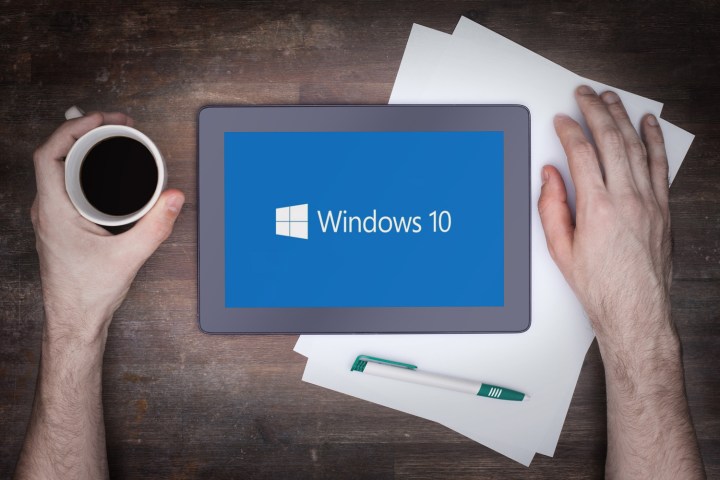
Oddly enough, though, it seemed until today that its follow-up revision, Redstone 2, was scheduled to land only a few months later, before the conclusion of the 2016 calendar year. Now, according to WinBeta, it looks like we’ll be seeing the second Redstone update in spring 2017, still less than a year after we expected the first to show up.
Although ZDNet reporter Mary Jo Foley suggests the Redstone sequel’s delay is due to the reluctance of businesses to quickly install new updates en masse as they arrive, certain of her contacts hinted at a different cause. Instead, it apparently has more to do with when Microsoft’s next hardware lineup is set to release.
With Microsoft’s Windows and Devices Groups working closely in conjunction, thanks to being mutually overseen by Executive Vice President Terry Myerson, it makes sense that Microsoft would be developing software specifically with its own hardware in mind –especially after what happened last year with the latest Surface devices.
When a large number of Intel Skylake configurations used in last year’s Surface Book and Surface Pro 4 models were still fresh on the market, numerous hardware defects were identified.
Obviously, Microsoft wants to avoid a rerun of that mishap when Intel’s Kaby Lake processors land towards the end of 2016. And, considering Windows 10 is being constructed specifically around Microsoft’s devices, it makes sense that its next big update wouldn’t be here months before the company is ready to put out the Surface Pro 5 and Surface Book 2, presumably next spring.
Unfortunately, it’s not clear yet what Microsoft is actually doing with Redstone 2 or its upcoming hardware announcements. It’s quite possible we’ll still see a lineup of Windows 10 devices absent Intel-based processors. A new Microsoft Band, a Surface 4, and even a Surface Phone could release unfettered by the Kaby Lake launch window.
In any case, we’ll have to wait and see.
Editors' Recommendations
- Not ready for Windows 11? The Windows 10 November 2021 update is coming
- Here’s why your PC can’t install the Windows 10 May 2020 Update yet


